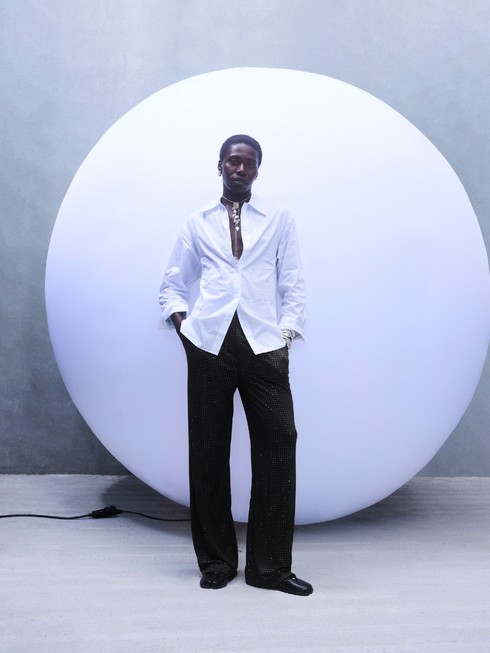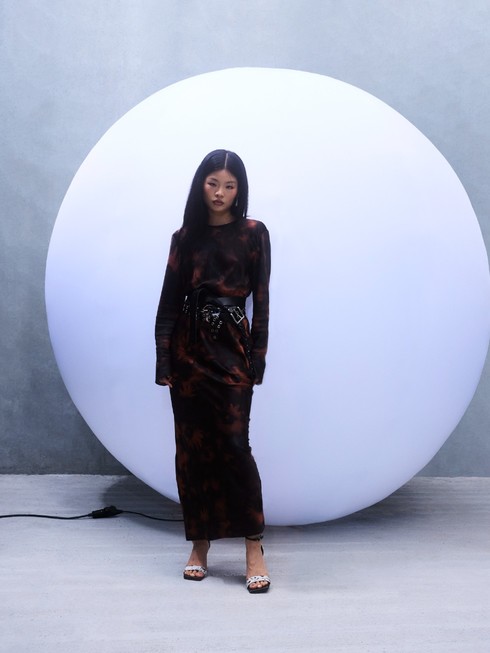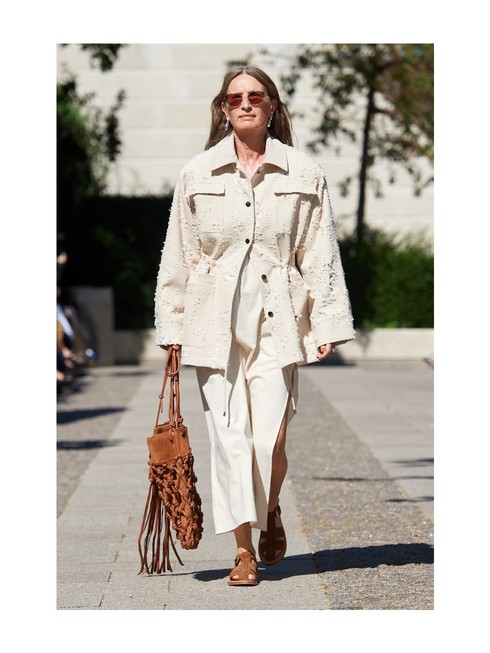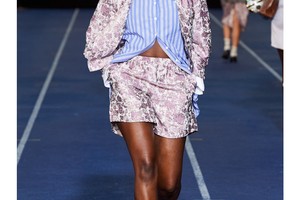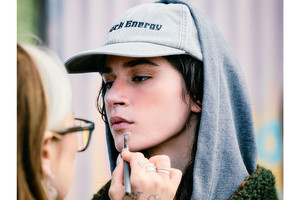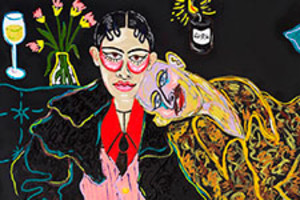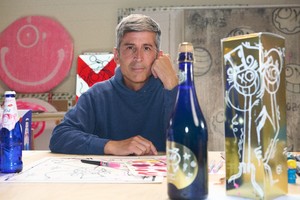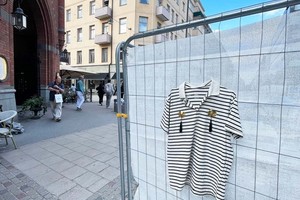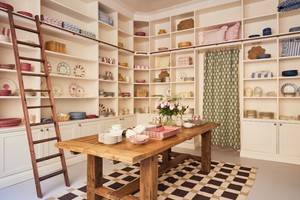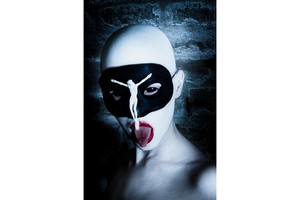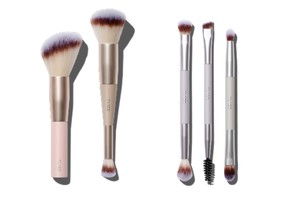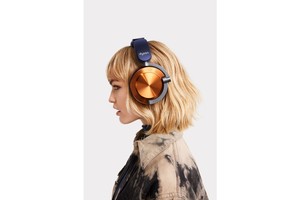GOLDEN HOUR(S) BY SAMSØE SAMSØE COPENHAGEN FASHION WEEK
Written by Fashion TalesGolden Hour(s) by Samsøe Samsøe represents a sensory experience of the tranquility generated by the aesthetically pleasing quality of light.
The experience of the period just after sunrise or before sunset, when light is infused with red and golden tones, is associated with moments of reflection, peace, and the ephemeral nature of time. Golden Hour(s) acts as a literal metaphor for fleeting beauty, the passage of time, and moments of clarity or inspiration that evoke a sense of nostalgia and visualise the transient nature of life.
The set design of Samsøe Samsøe’s immersive SS25 dinner experience presents a unique collaboration of creators of different yet connected mediums that results in a space within a space created through the utilisation of light, sound, and scent to draw inspiration from the Golden Hour(s). The concept behind the setting derives from urban design practices, where the planning and creation of public places like parks and waterfronts already considers for these locations to be enjoyed during the Golden Hour(s). These spaces become natural gathering points for the community, enhancing social interaction and community cohesion.
Mati is a storyteller, cook, and the founder of Amator – a unique home dining space based in Copenhagen. Mati gained invaluable experience through internships at the renowned restaurants Noma in Copenhagen and Kabi in Tokyo and arrives with nearly four years of experience as the chef and manager at Atelier September.
Escential is a boutique perfume composition house based in Copenhagen, specialising in providing sophisticated olfactory experiences through perfume design, room spray, and spatial scents. Emmanuel has collaborated with renowned perfume composition houses in Grasse and Paris, attended The Grasse Institute of Perfumery, and completed internships with esteemed Belgian perfumers. Notably, he conceptualised the innovative “Perfume Jockey” – a creative approach to perfuming events and venues across Europe.
Adidaddi is a Copenhagen-based DJ and the co-founder of Flady – a platform dedicated to celebrating and inspiring cultural diversity among the youth. Adidaddi has collaborated with clients such as Highsnobiety, Boiler Room TV, GANNI, Adidas, Louis Vuitton, Fenty Beauty, and appeared on radio stations and at festivals across the world. In addition to her DJ career, she is the Founder & Host of the podcast programme Adi Station.
Philip Sacht has more than a decade of experience in transforming environments into immersive spaces. Combining technical precision with artistic vision, he uses lighting to enhance the mood of any room and create memorable atmospheres that resonate with his audiences. His play with contrast, a minimalist approach, and carefully crafted lighting solutions, lend Philip’s designs their unique effect and impactful expression. His previous work ranges from Fashion Shows for Solitude Studios and Jade Cropper as well as Samsøe Samsøe’s very own CPHFW AW24 dinner.








